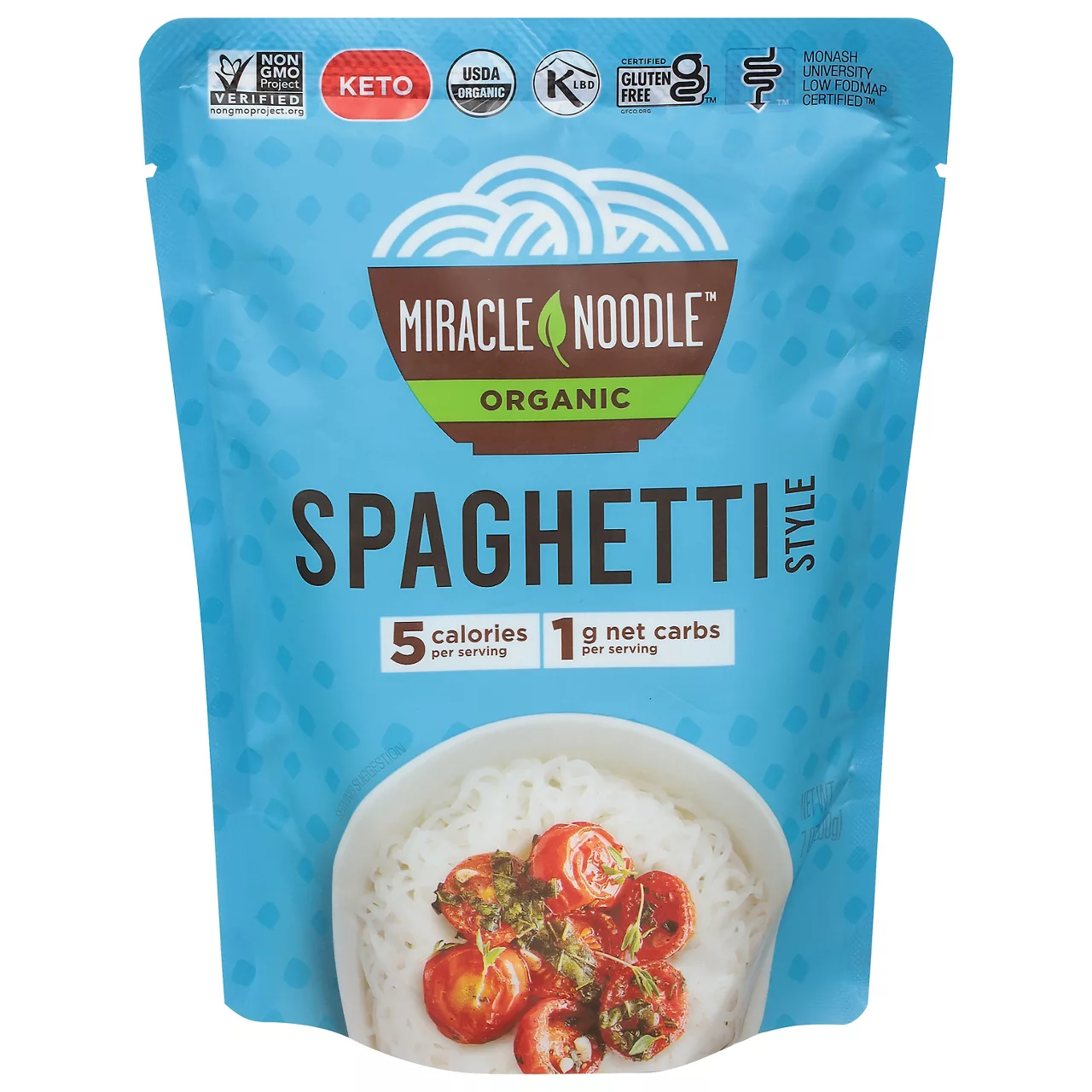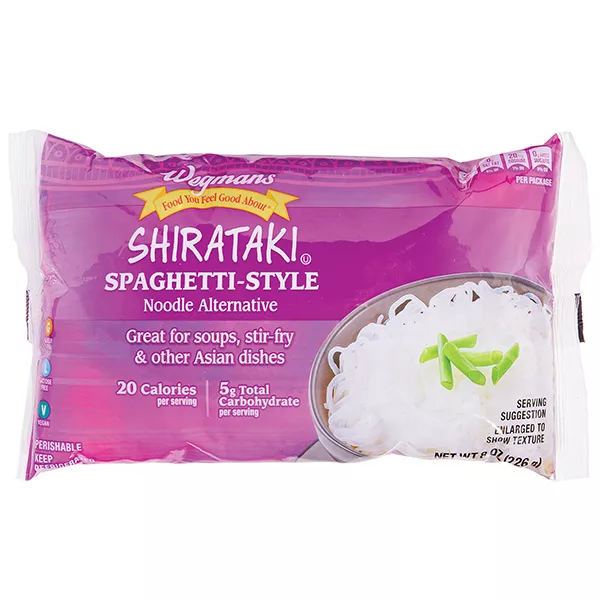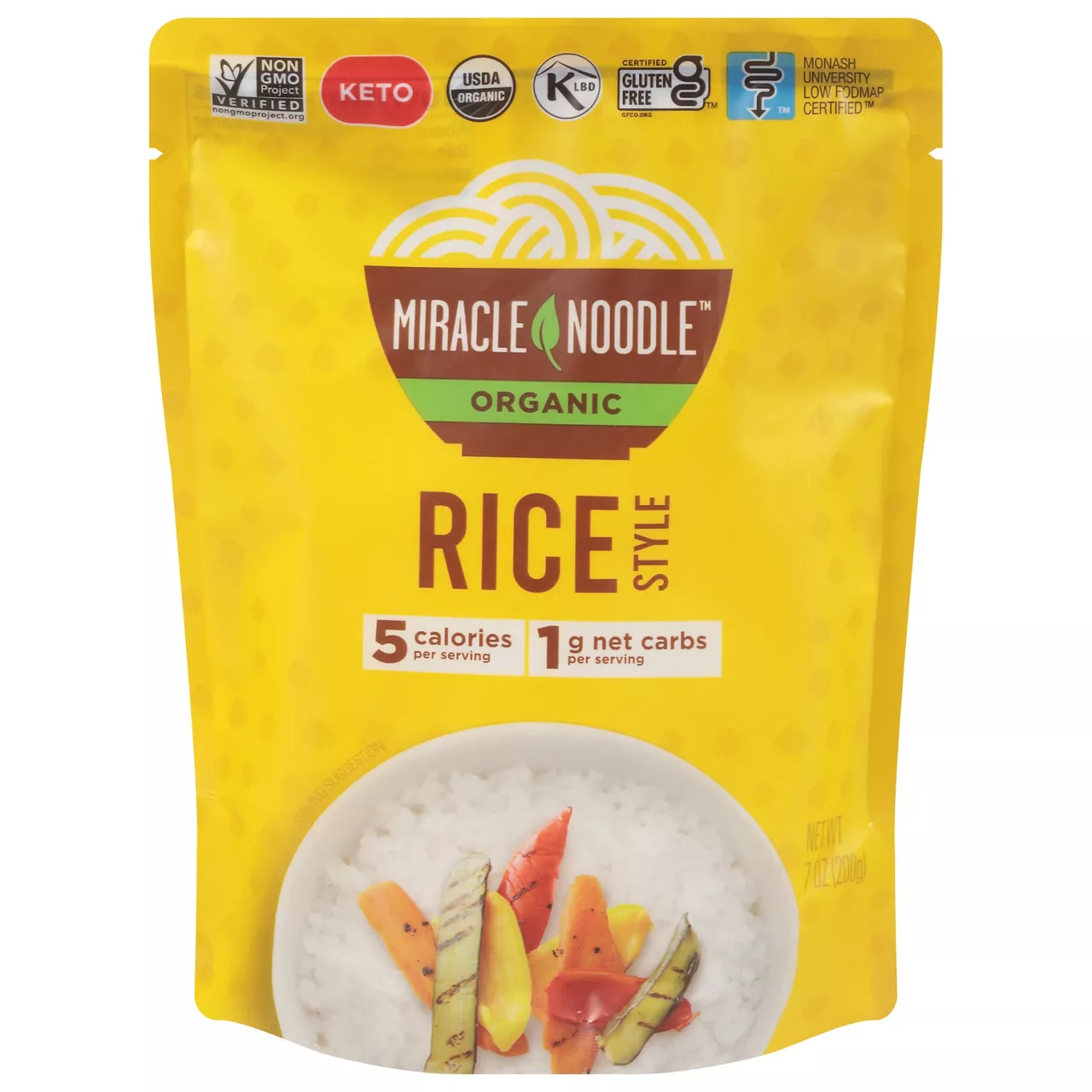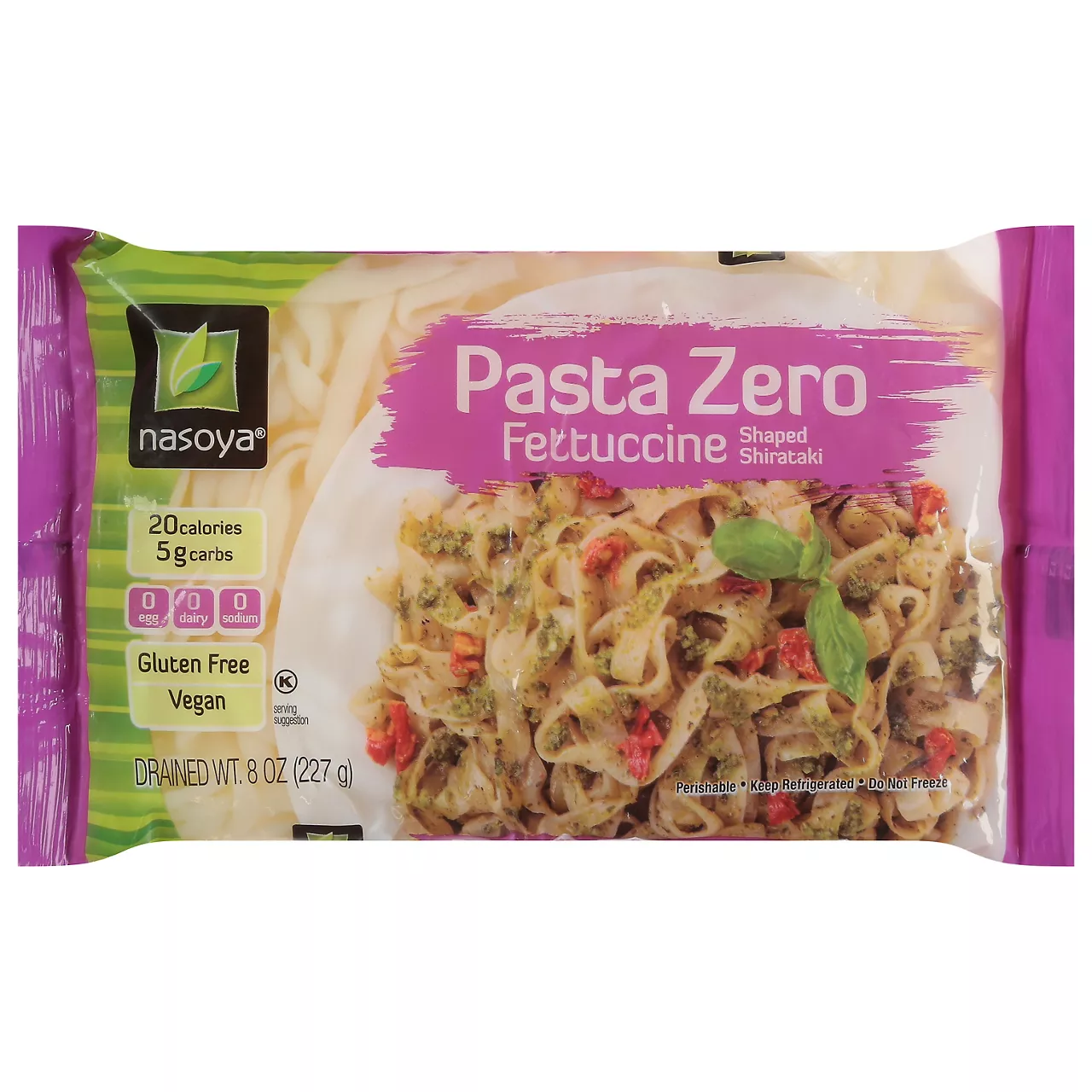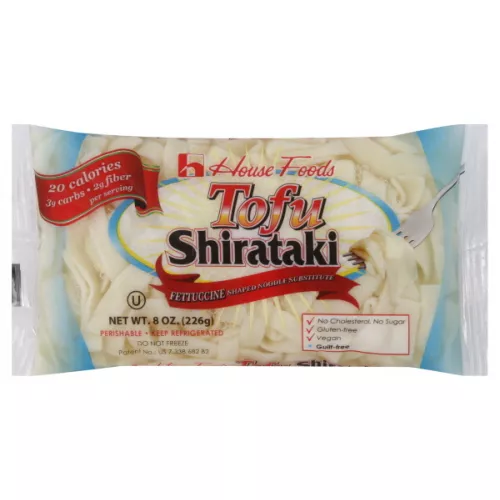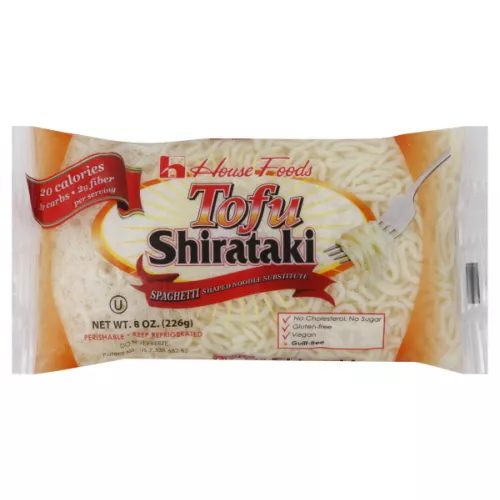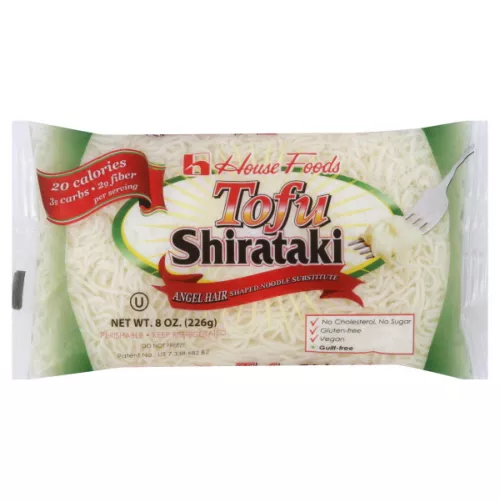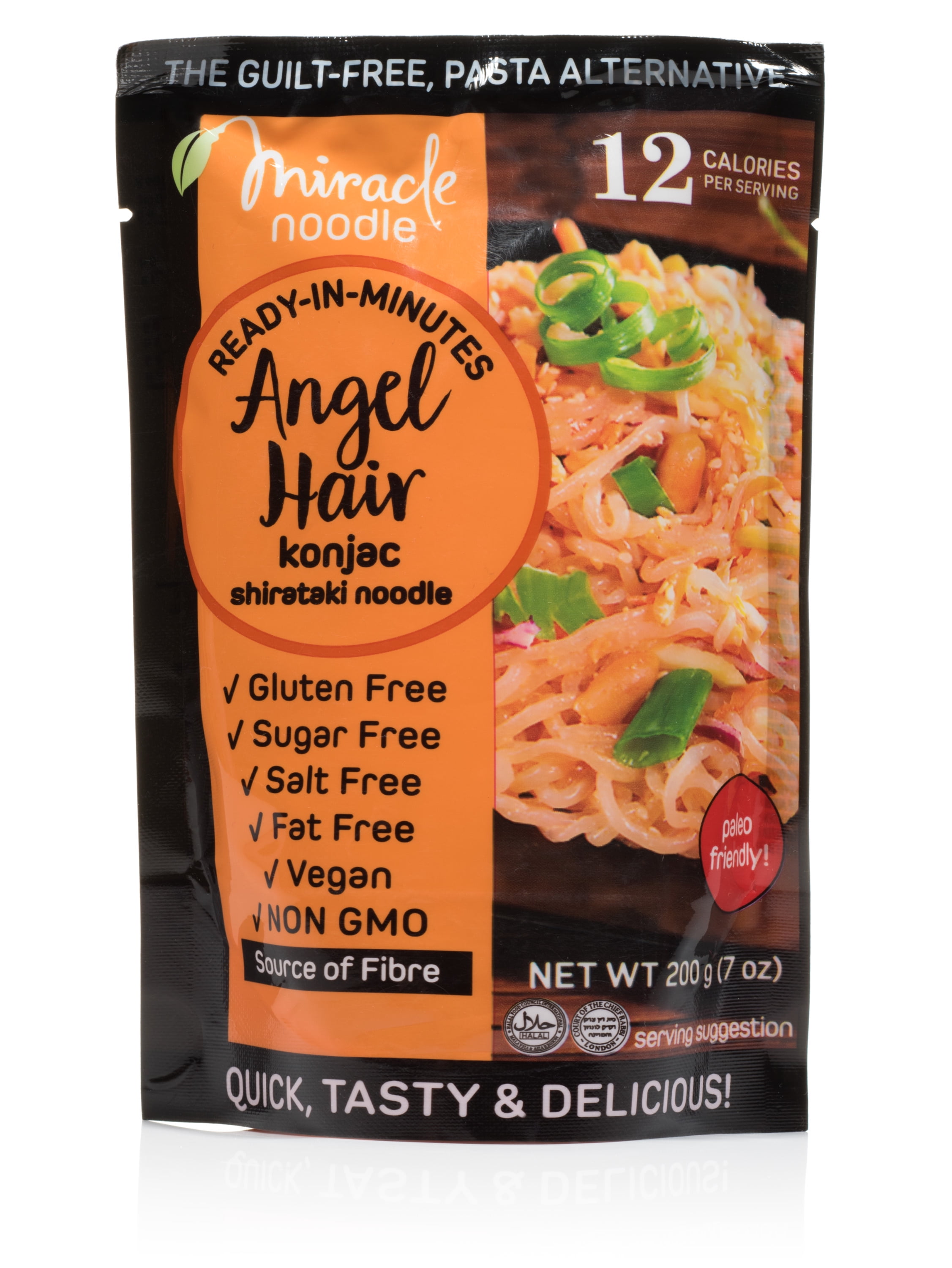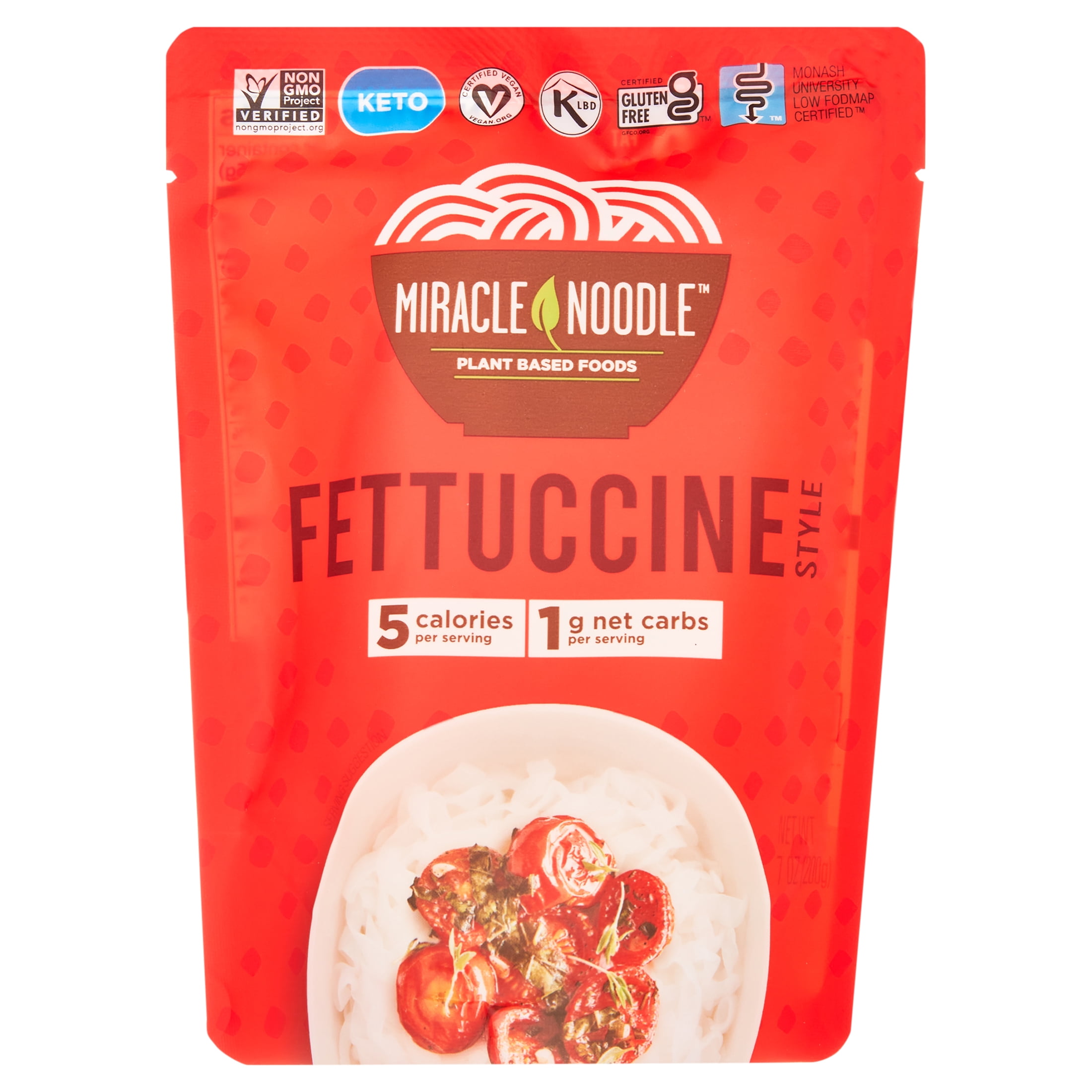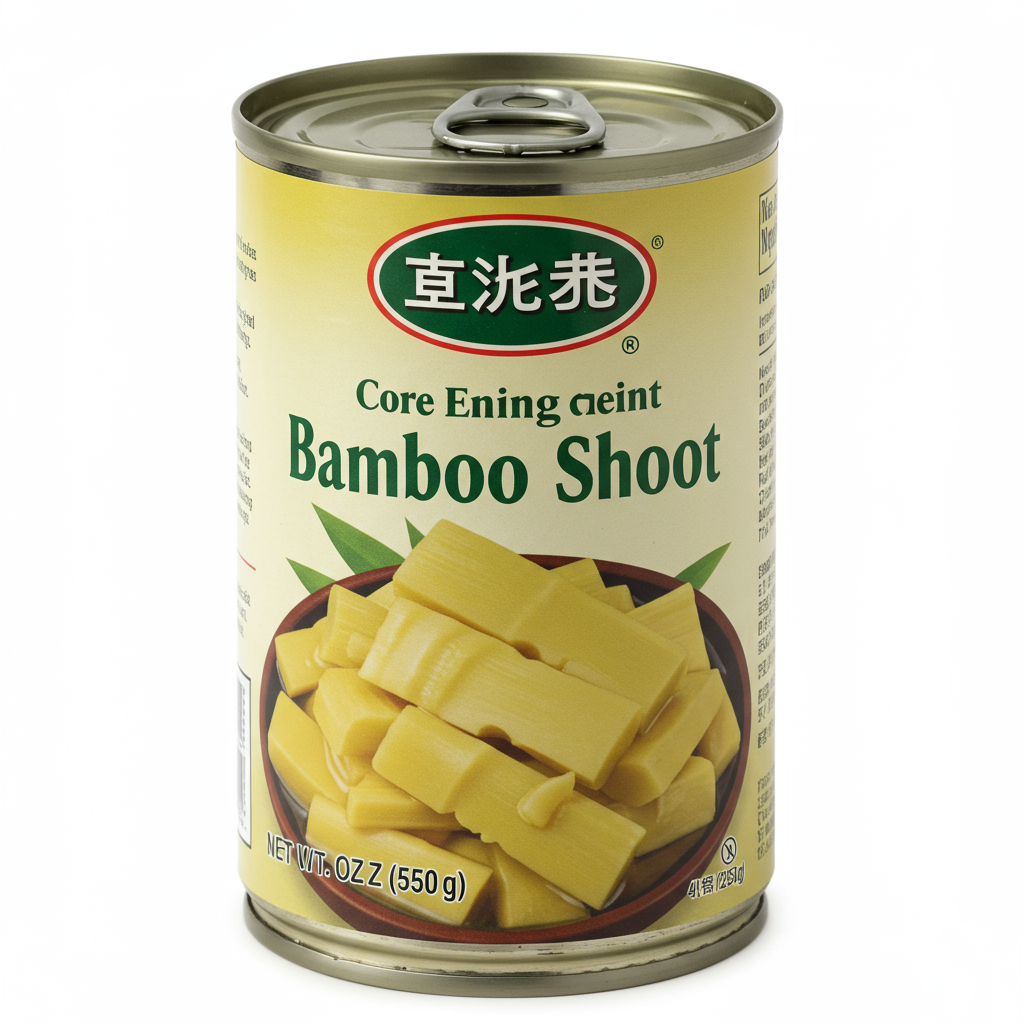MAIN DISHES
SALADS
SOUPS
Shirataki Noodle
Shirataki noodles are a low-calorie, low-carbohydrate alternative to traditional pasta, often used by those following ketogenic, gluten-free, or low-carb diets. These translucent, gelatinous noodles are primarily made from the konjac yam's glucomannan fiber and water, a native plant in Japan, where the noodles have been consumed for centuries.
The appealing feature of shirataki noodles lies in their versatility, as they can easily replace pasta or rice noodles in various Asian and Italian dishes. They are virtually tasteless, readily absorbing the flavors of accompanying sauces or ingredients, which makes them a popular choice for health-conscious home cooks.
100%
CARBS
0%
FAT
0%
PROTEIN
261 Shirataki Noodle Products
Miracle Noodle Noodle, Organic, Spaghetti Style
Miracle Noodle Angel Hair Style, Organic
Wegmans Shirataki Spaghetti-Style Noodle Alternative
Miracle Noodle Miracle Rice Organic Ready-To-Eat Rice Style
Nasoya Pasta Zero Fettuccine Shaped Shirataki
House Foods, Tofu Shirataki, Fettuccine
House Foods Tofu, Shirataki, Spaghetti
House Foods Tofu, Shirataki, Angel Hair
Ready in Minutes Angel Hair Konjac Shirataki Noodles
Miracle Noodle Fettuccine Style, Ready-to-eat Noodle
Shirataki Noodle Is Frequently Used With
Shirataki Noodle FAQ
When it comes to cooking with shirataki noodles, the most common questions often revolve around how to prepare them correctly, particularly about rinsing and drying steps. Many people go wrong by skipping these steps, which may result in a fishy smell or rubbery texture. The trick here is to rinse the noodles thoroughly under cold water to rid them of the liquid they're packaged in, known for its unpleasant smell, then to dry roast them in a pan. Another mistake is not using enough seasoning or sauce, given the noodles' lack of native flavor. To get the most out of shirataki noodles, utilise them in dishes with strong, hearty sauces or broths, such as stir-fry, curry, or pho. A lesser-known tip is that these noodles can be used as a substitute for rice in sushi or risotto dishes!
Do shirataki noodles taste like regular pasta?
How to eliminate the fishy smell from shirataki noodles?
Can I eat shirataki noodles every day?
Can shirataki noodles replace rice?
Why are my shirataki noodles rubbery?
Do I need to cook shirataki noodles?
Why are shirataki noodles so low in calories?
Is it okay to eat shirataki noodles raw?
Can I use shirataki noodles in soups?
Do shirataki noodles need to be refrigerated?
Expiration & Storage Tips
When does shirataki noodle expire?
Unopened, shirataki noodles can last up to a year as long as they're kept in a cool, dark place. Even though manufacturers print a 'best by' date on the packages, this date can be treated more as an indicator for 'best quality', not 'safety'. So they can still be safe for consumption once the date has passed if they have been stored properly. Once opened, shirataki noodles need to be refrigerated in fresh water within an airtight container, where they can last up to seven days. Shirataki noodles tend to harden and dry out when frozen, so it isn't a recommended method of storage.
How do you tell if shirataki noodle is bad?
There are a few clear signs to help you determine if your shirataki noodles have gone bad. First, give them a good sniff. If they have developed a sour, rotten or off smell, it's best to throw them away. Next, look out for changes in color or texture. If they've turned yellow or appear excessively slimy, it might be time for them to go. Lastly, any visible mold is a definite sign they have spoiled.
Tips for storing shirataki noodle to extend shelf life
• Always store unopened packets of shirataki noodles in a cool, dark, and dry place away from heat. The pantry or kitchen cabinet could work well.
• Once opened, transfer the noodles to an airtight container filled with clean water. Make sure to refrigerate them and use within seven days.
• Change the water in the container every couple of days to keep the noodles fresh.
• Avoid freezing shirataki noodles as this could negatively affect the texture.
• Lastly, always trust your senses. If the noodles smell bad, have changed color, or appear excessively slimy, it's most likely time to toss them out.
EXPIRES WITHIN
19 - 29
MONTHS
Substitutes

Glass Noodle
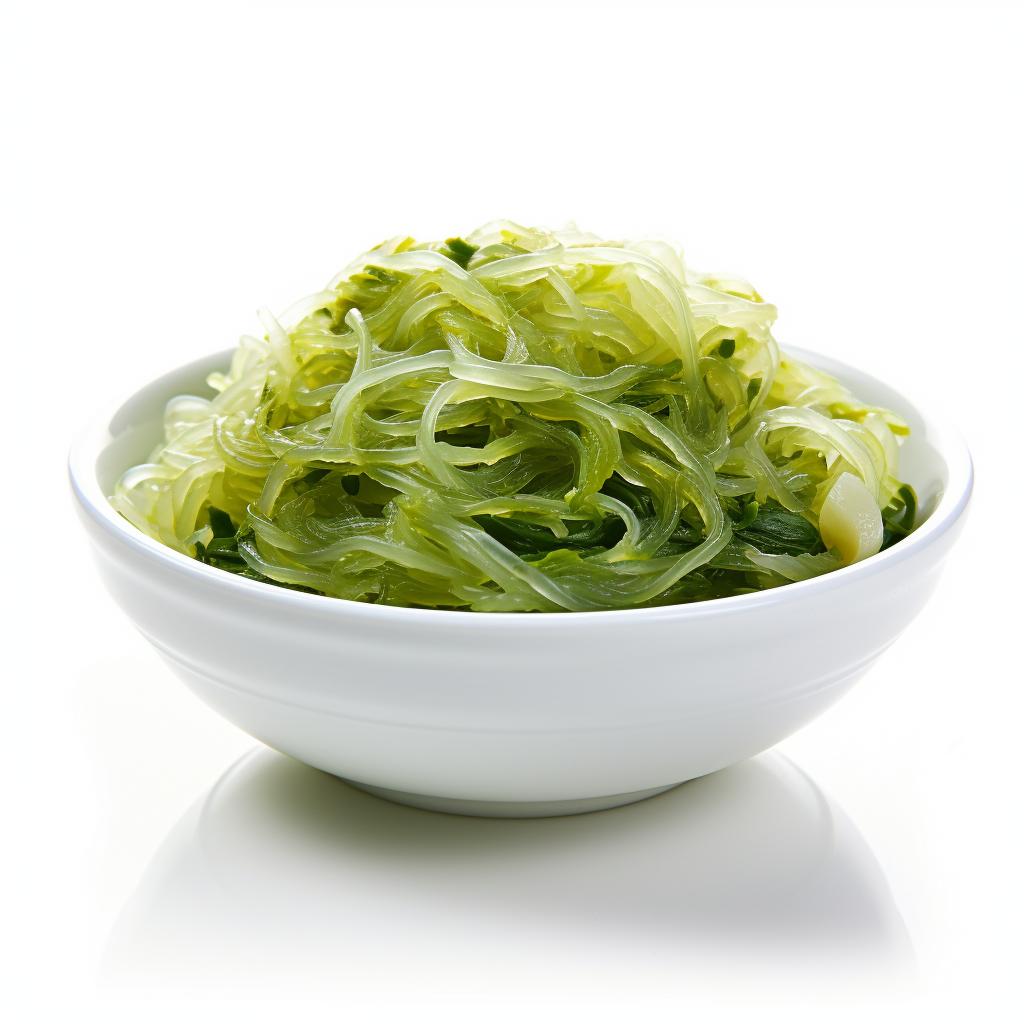
Kelp Noodle

Brown Rice Udon Noodle
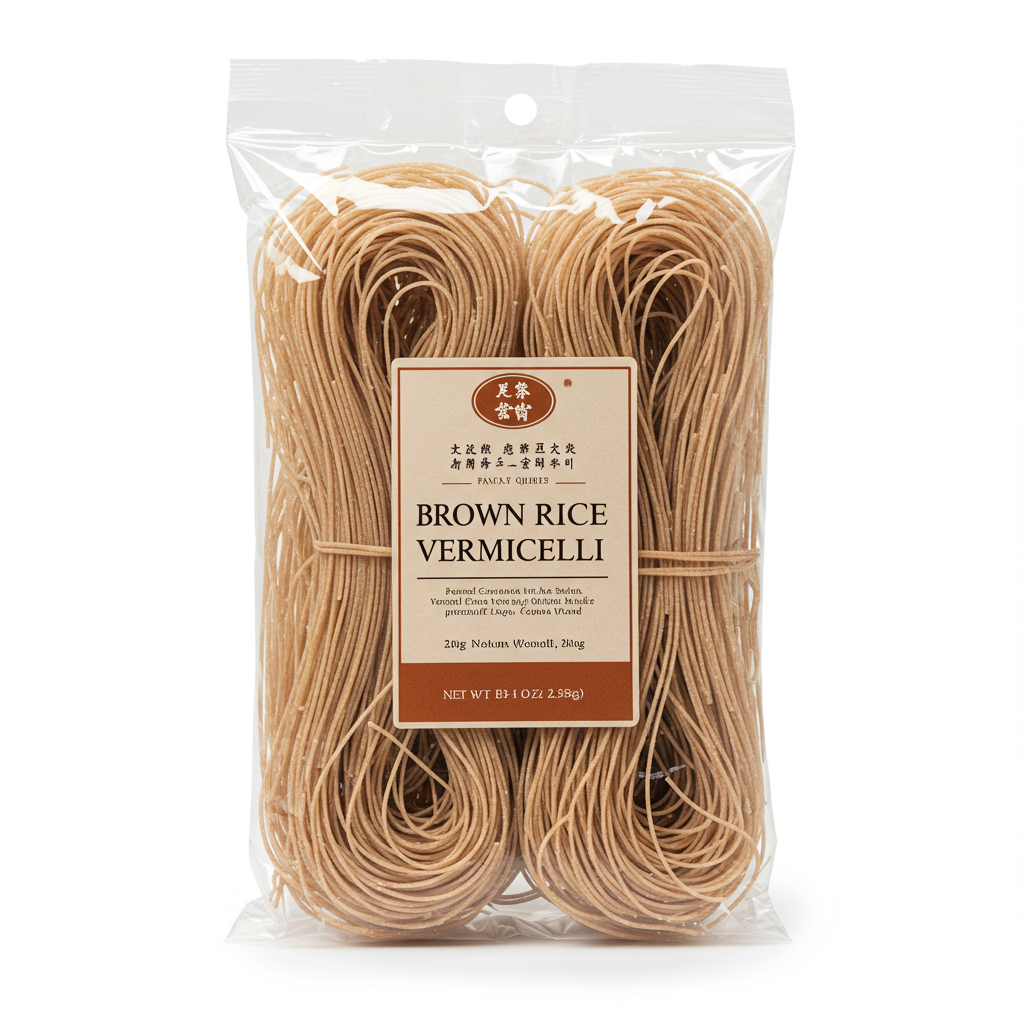
Brown Rice Vermicelli

Green Tea Soba Noodle

Wheat Udon Noodle
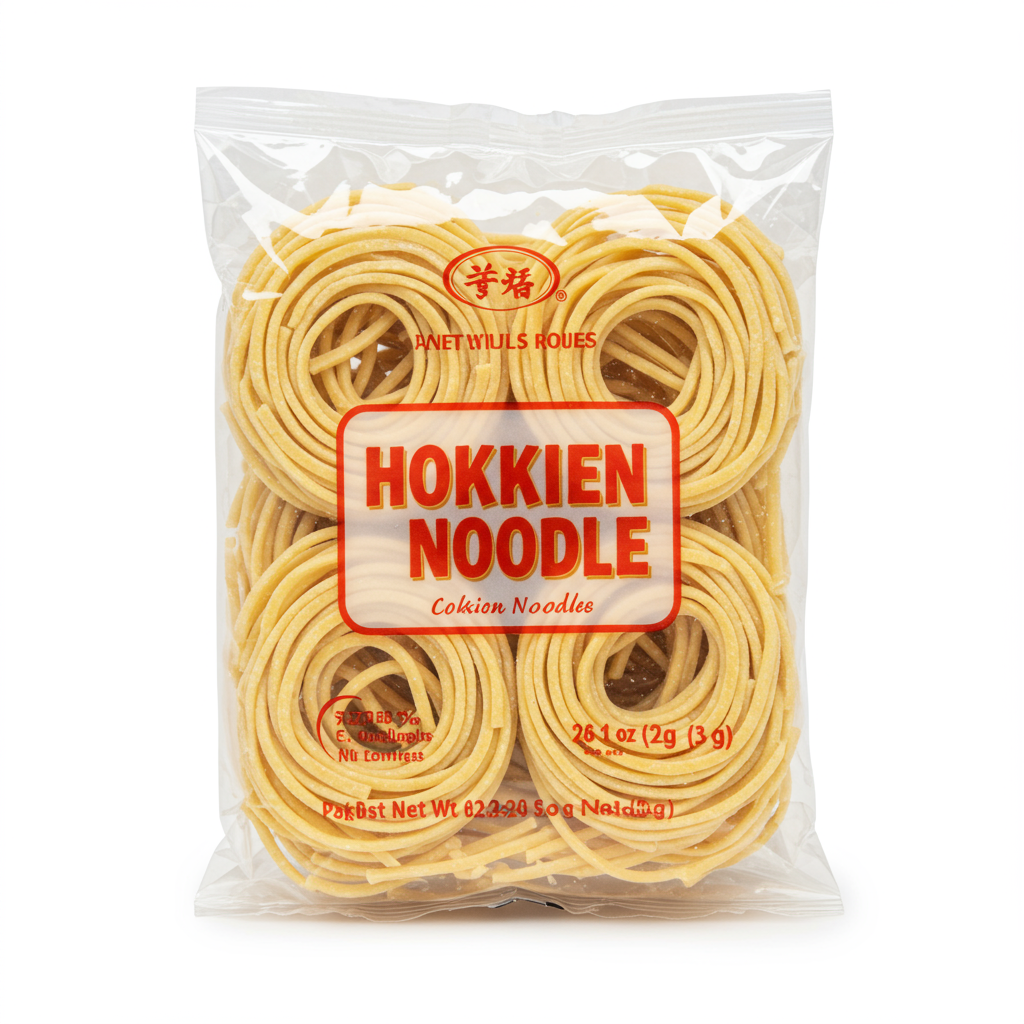
Hokkien Noodle
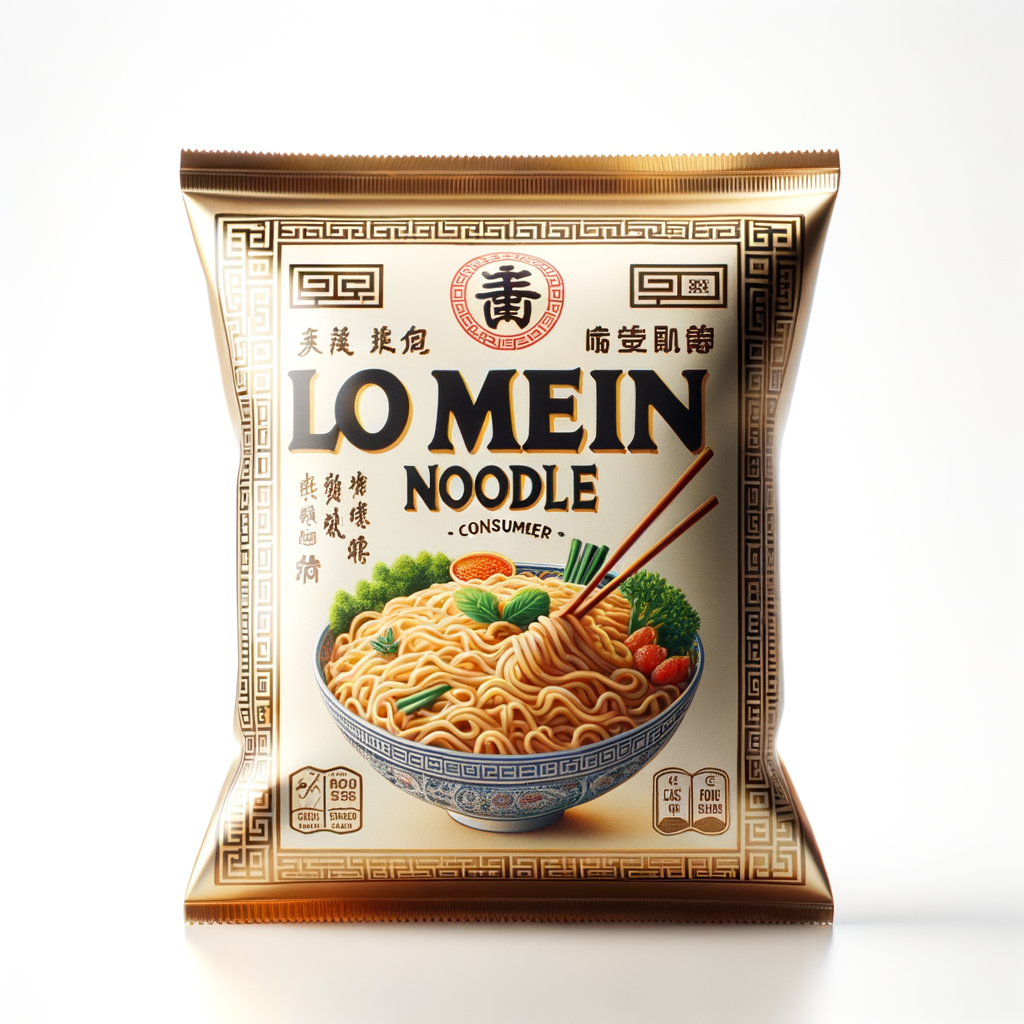
Lo Mein Noodle
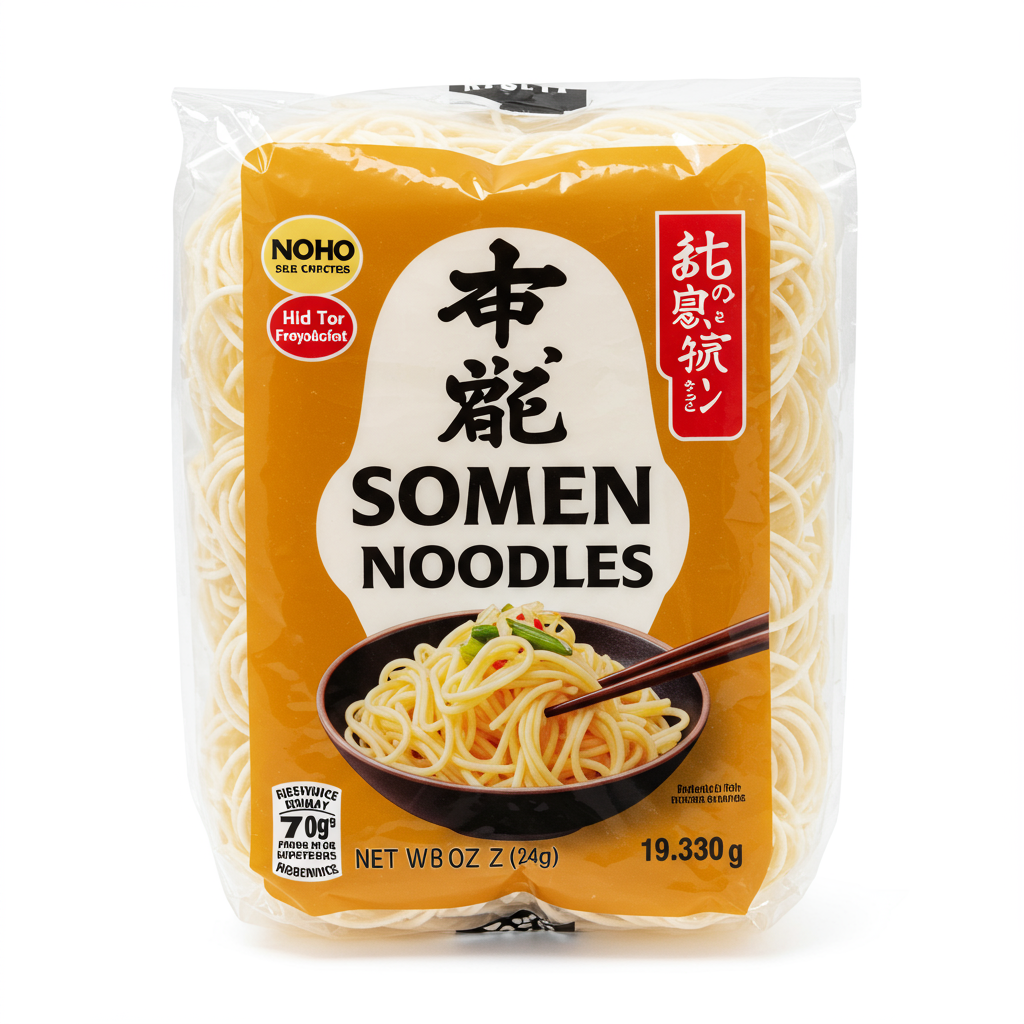
Somen Noodles
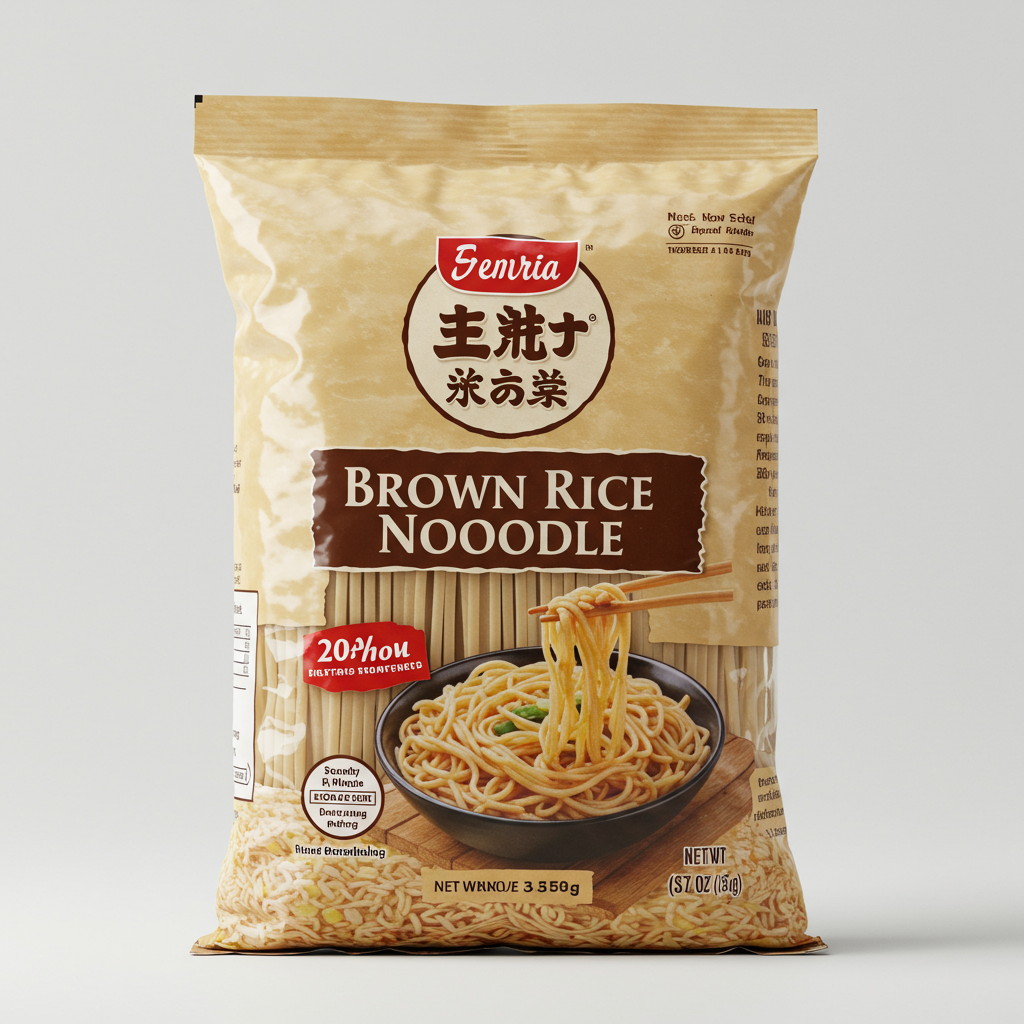
Brown Rice Noodle
See All
Health Info
Macros
2g
CARBS
0g
FAT
0g
PROTEIN
Allowed on these diets
LOW FAT
HIGH CALCIUM
VEGETARIAN
KETO
PALEO
MEDITERRANEAN
LOW CARB
VEGAN
LACTOSE FREE
GLUTEN FREE

